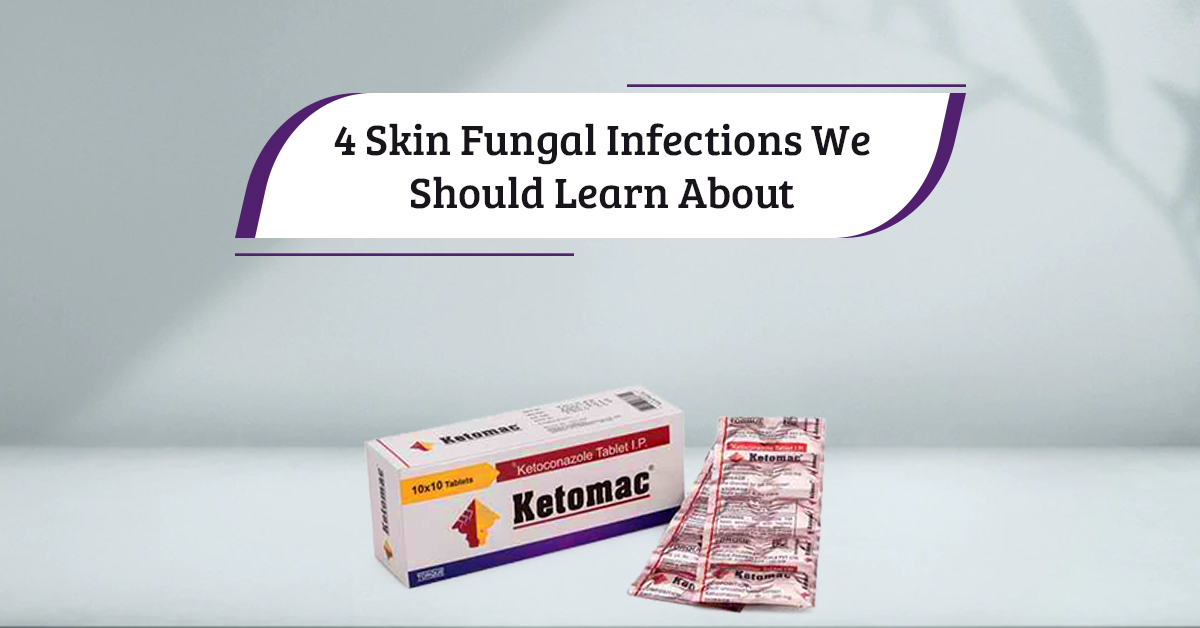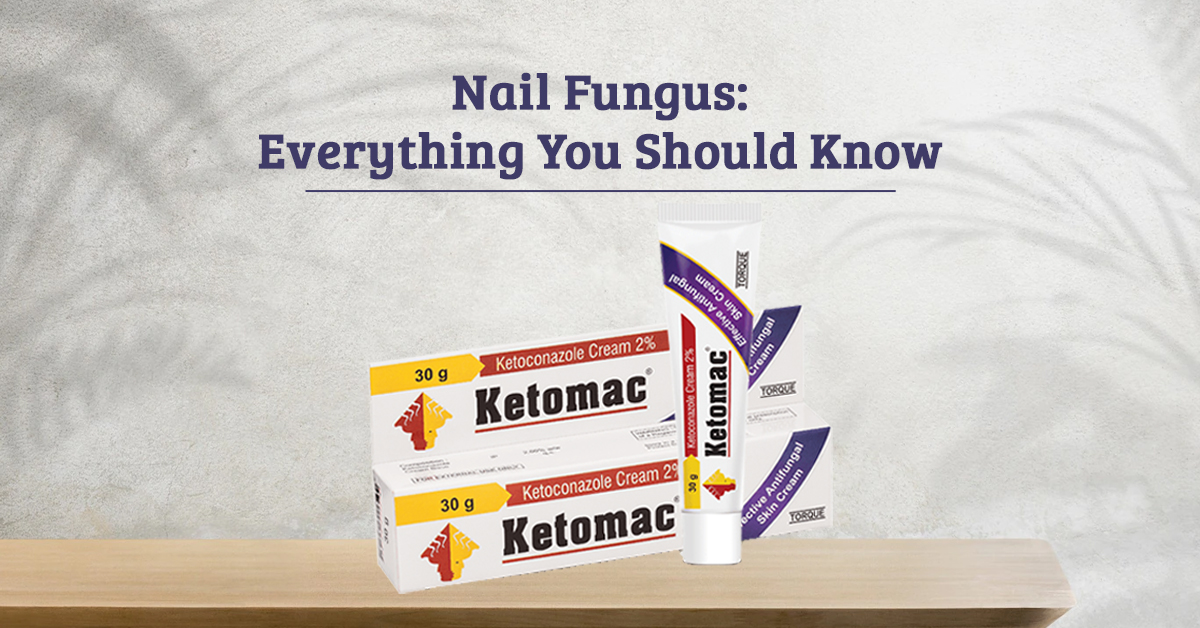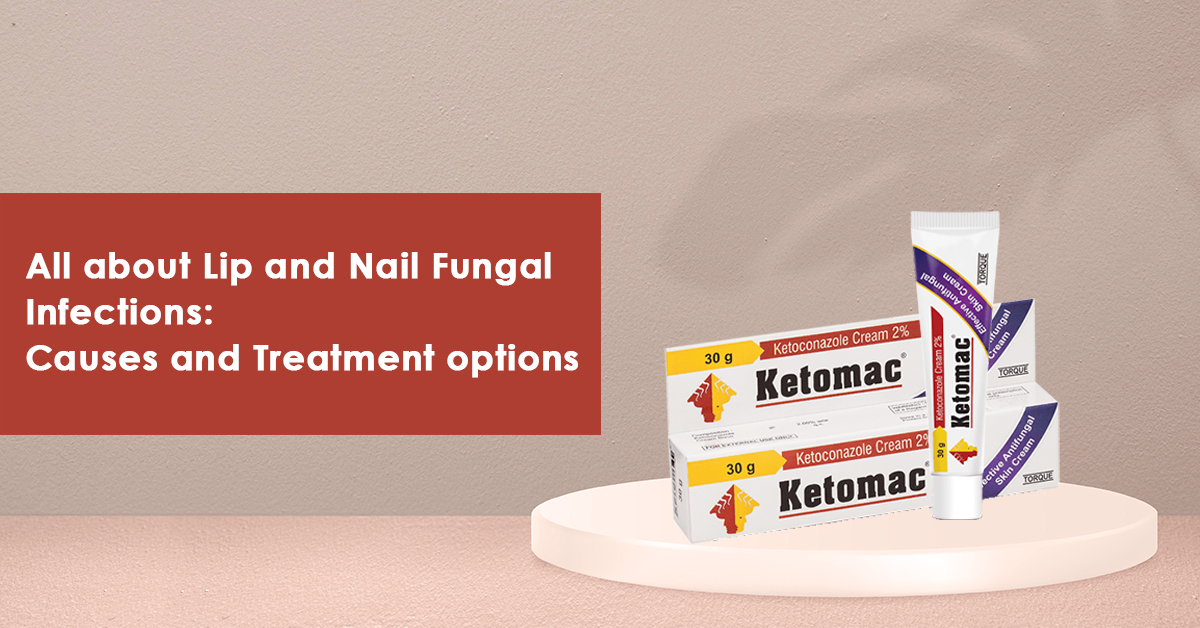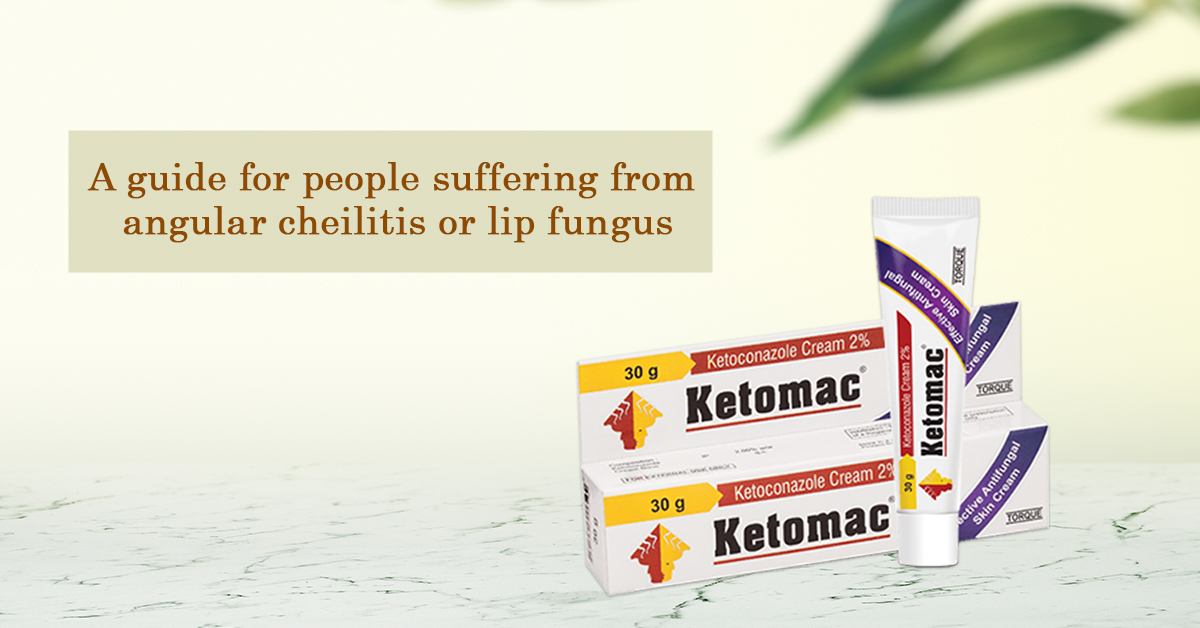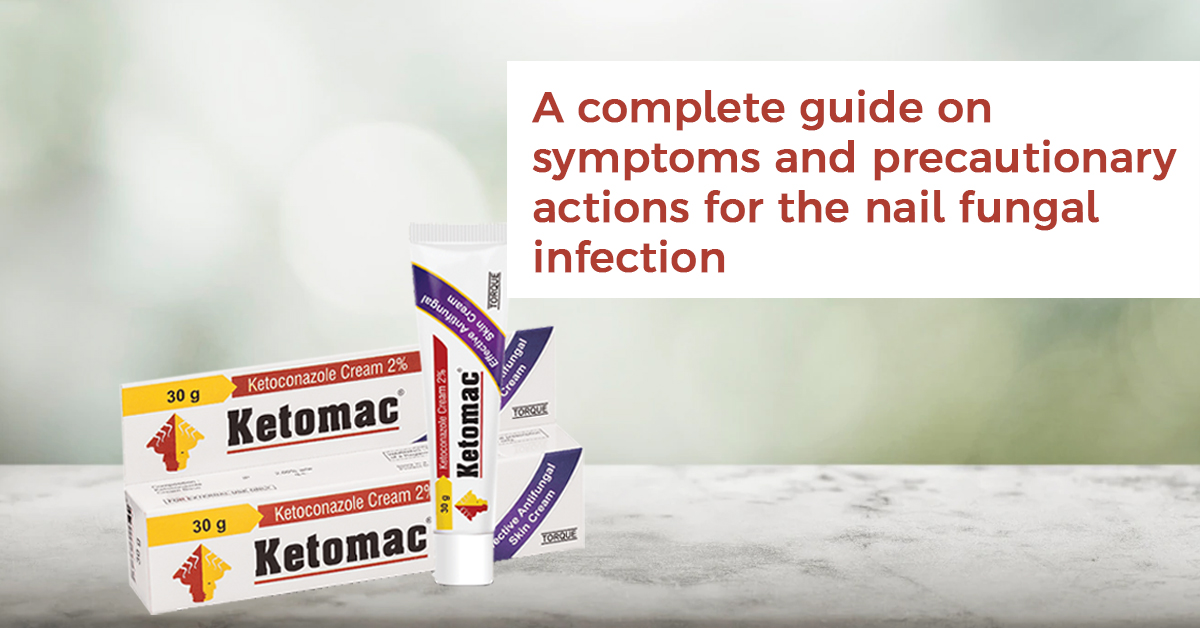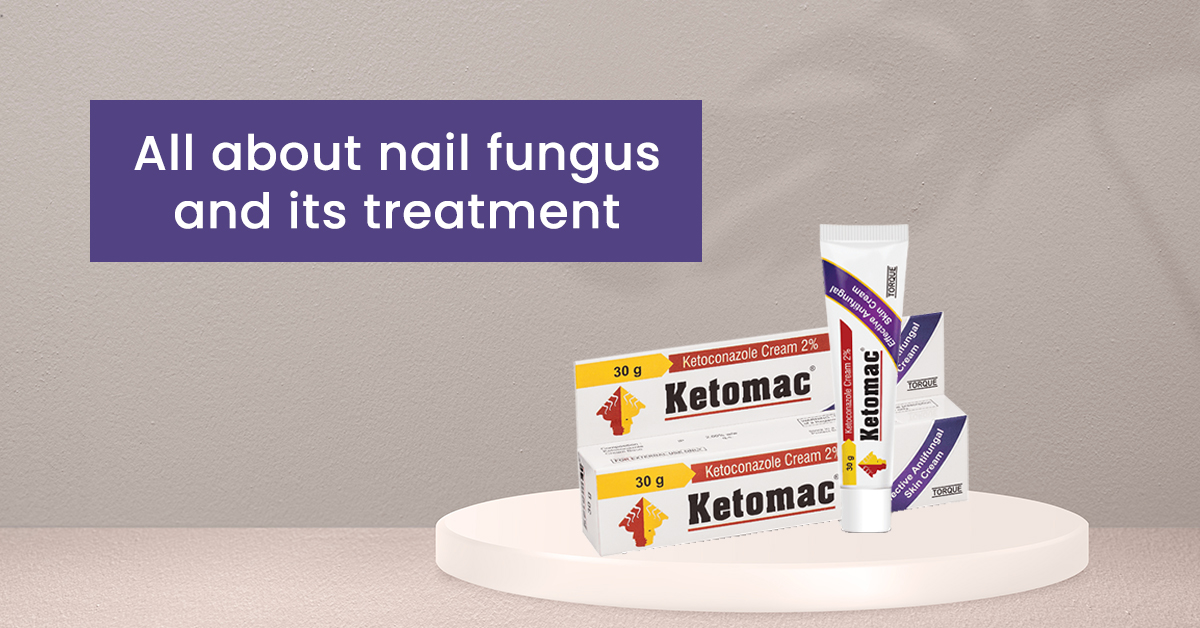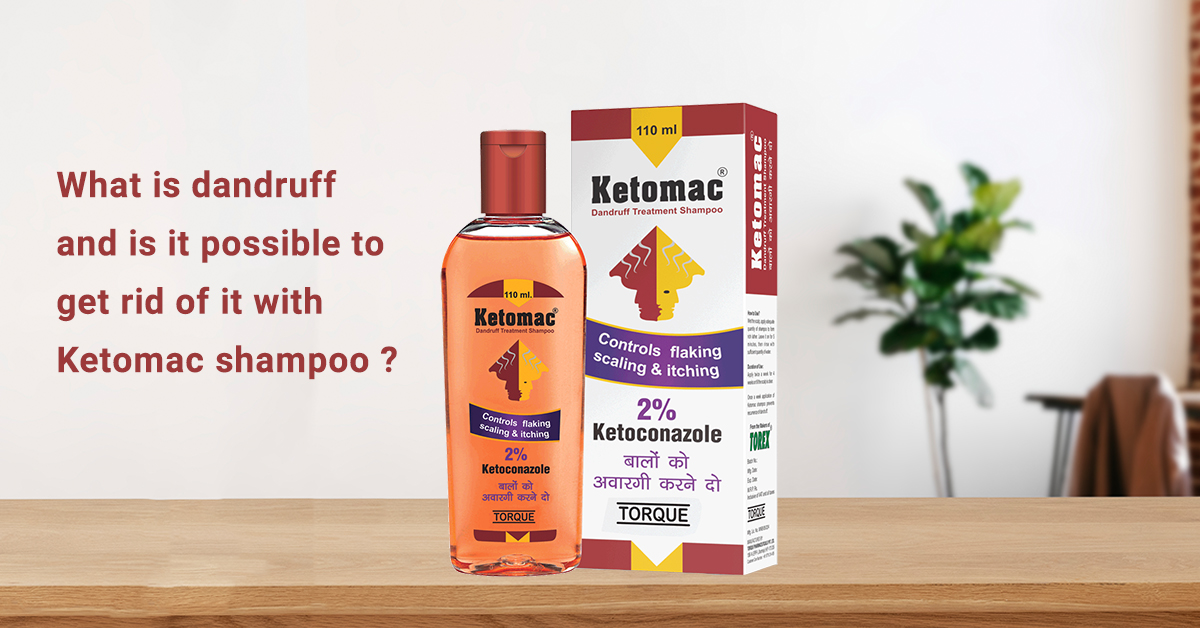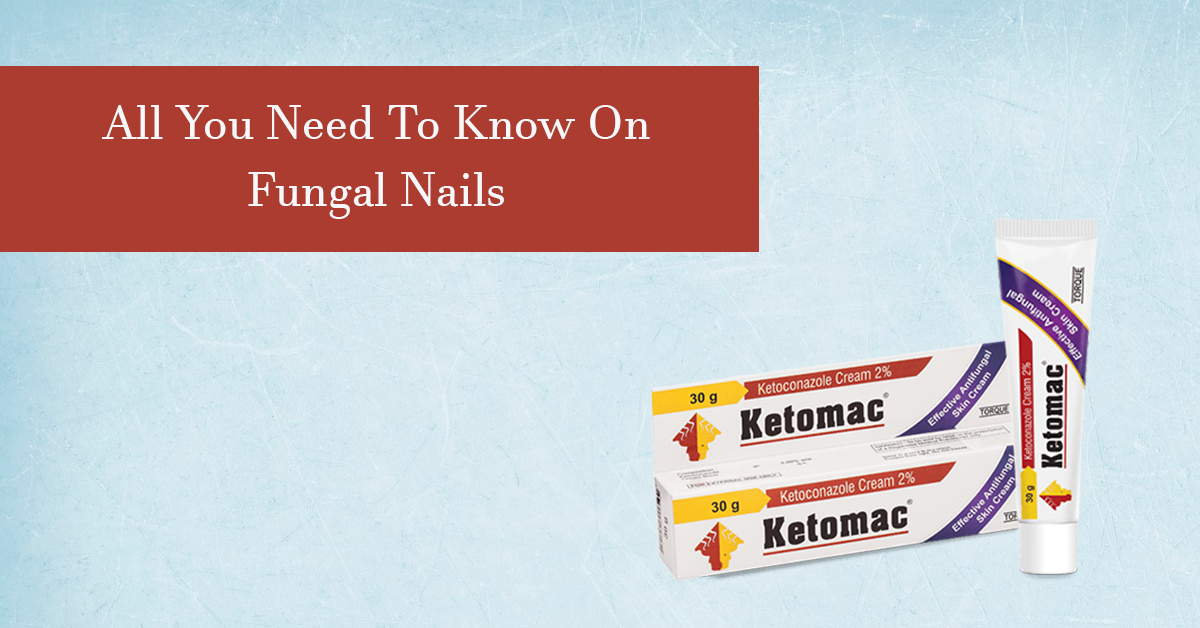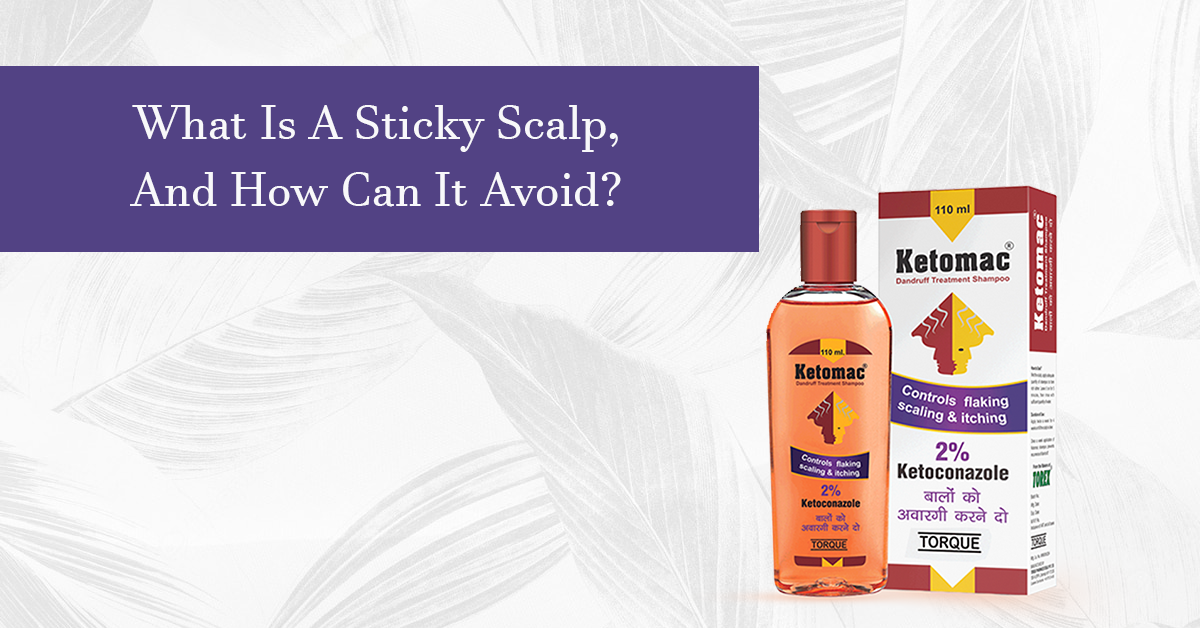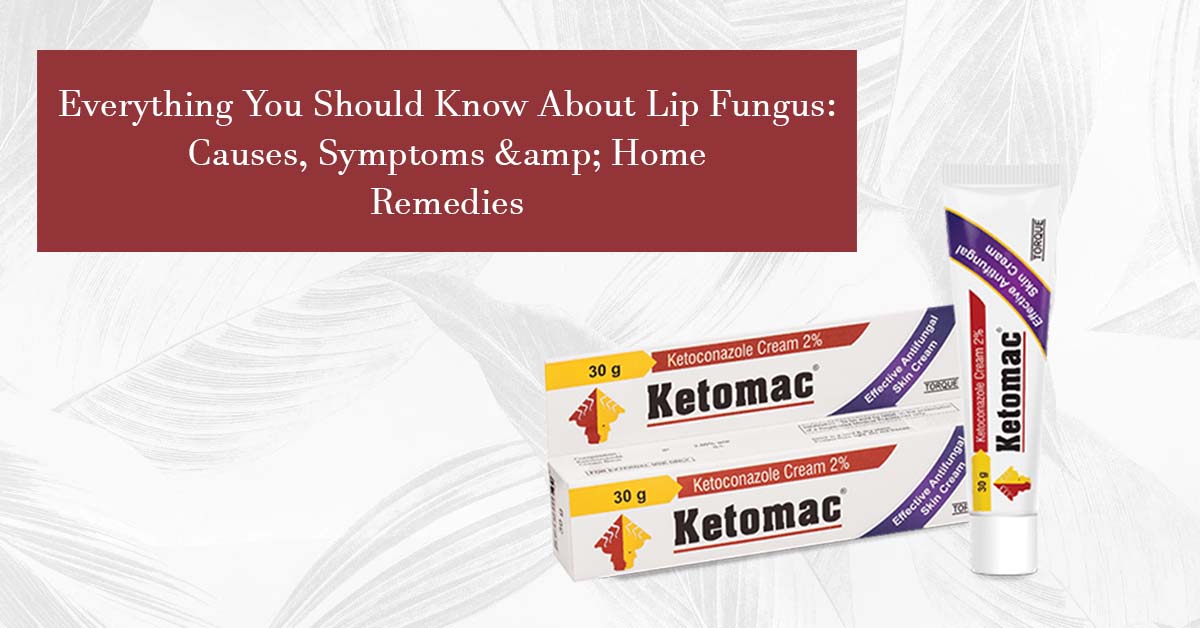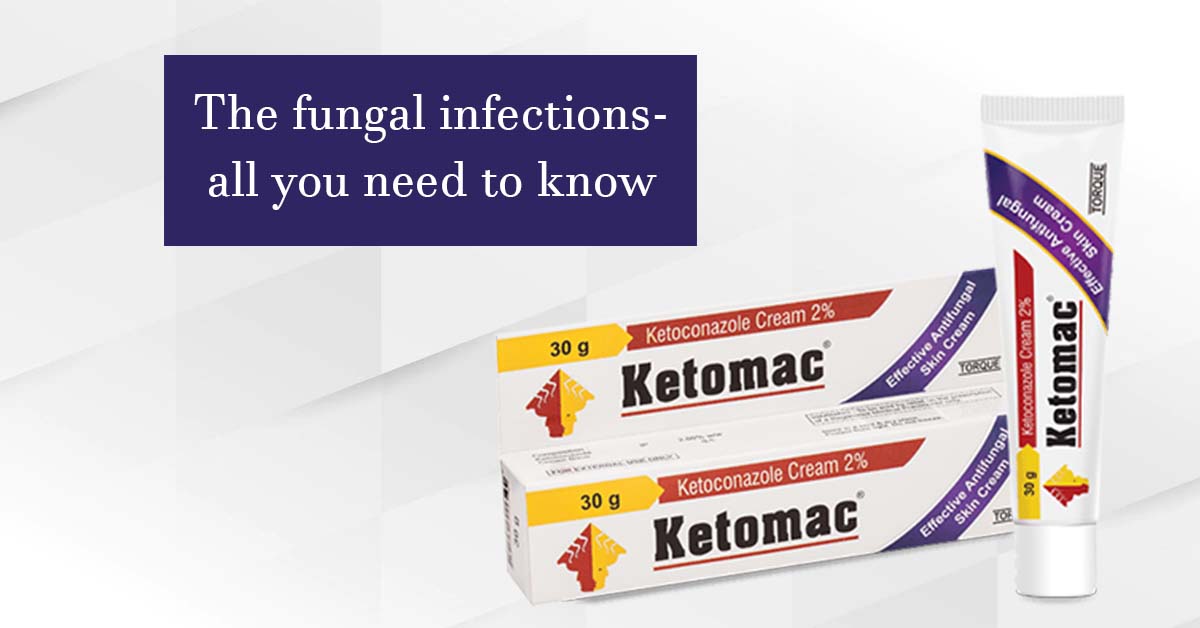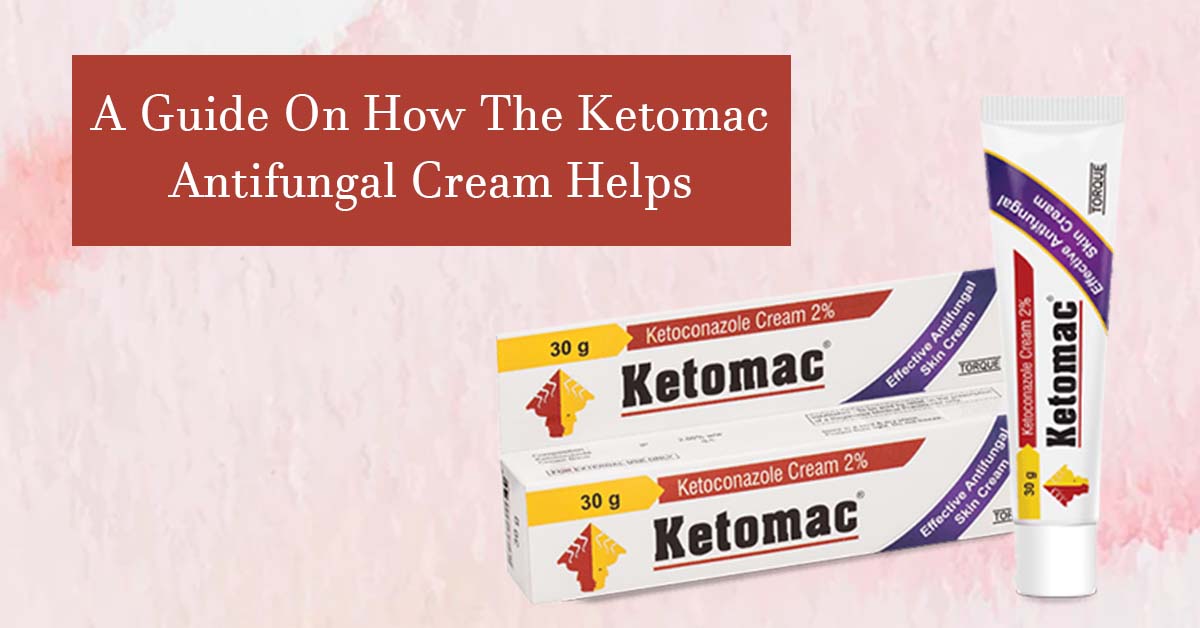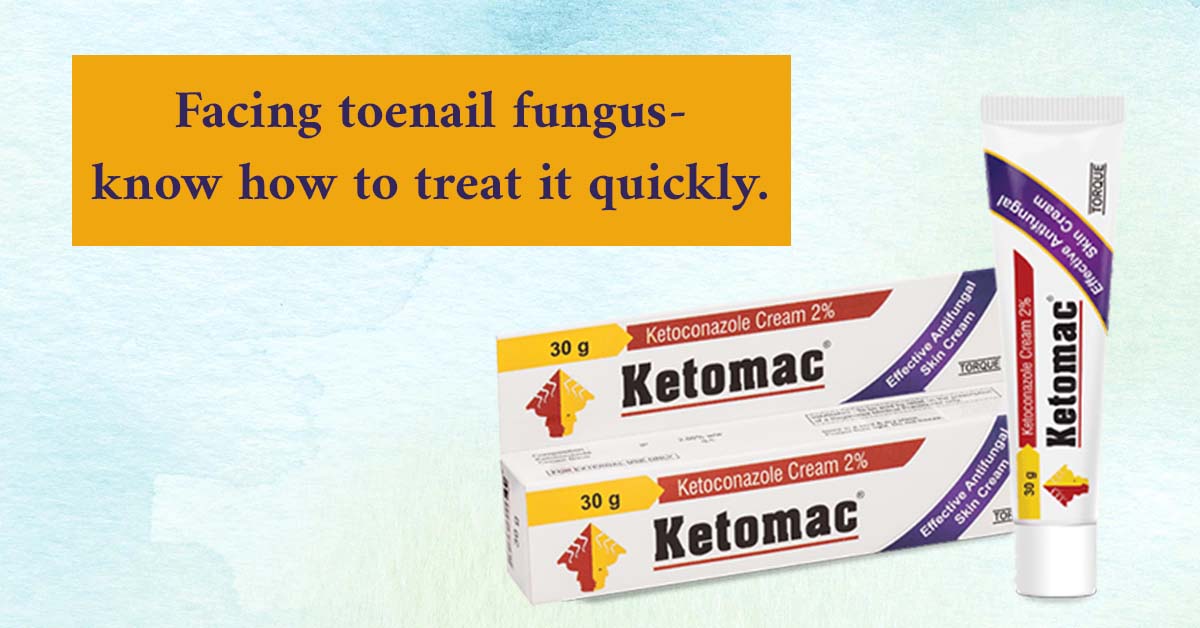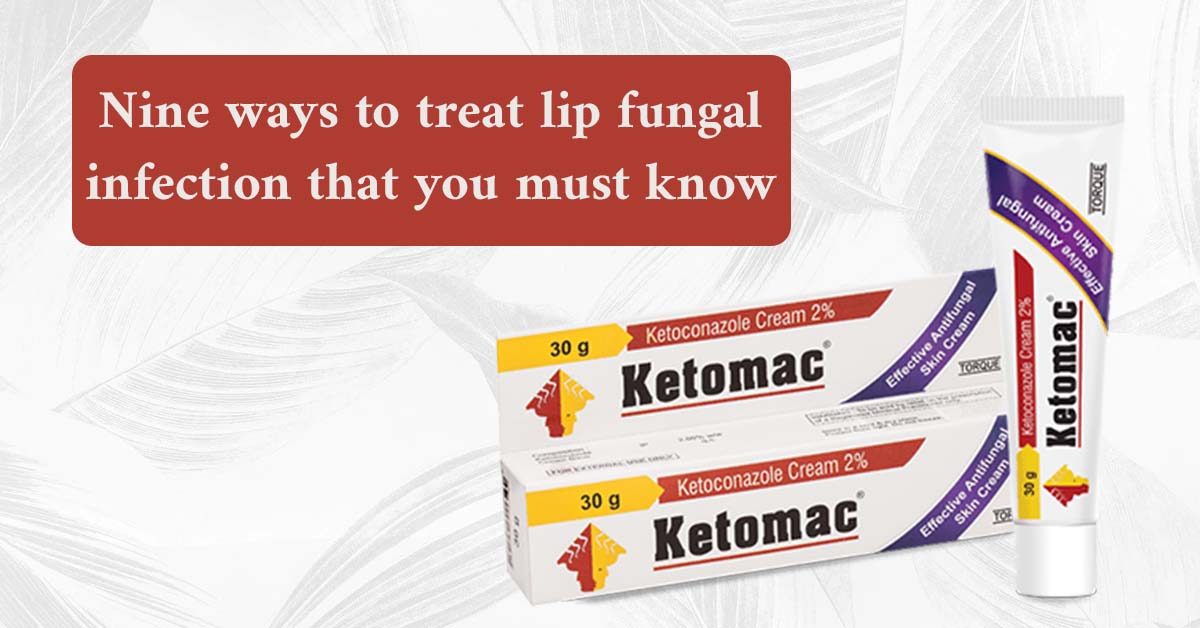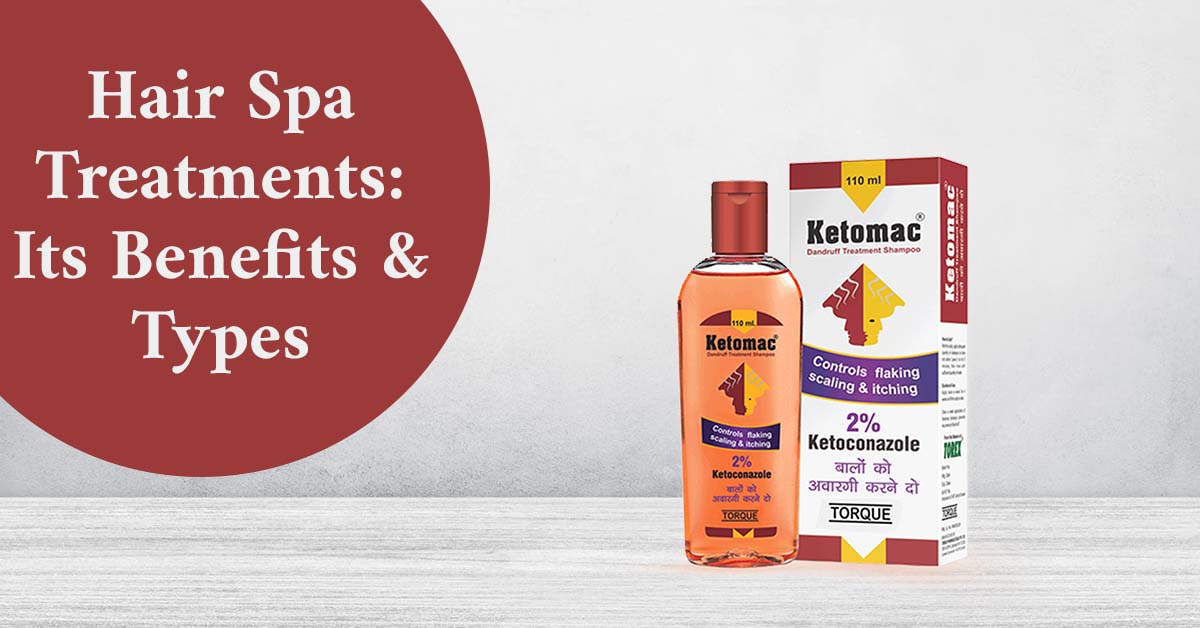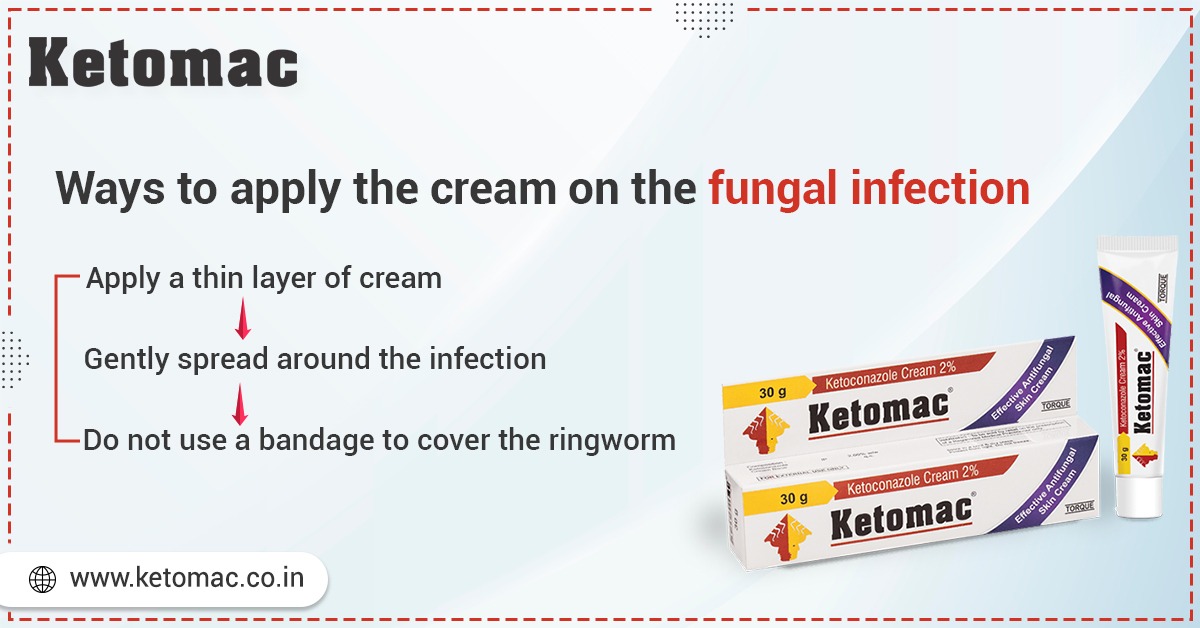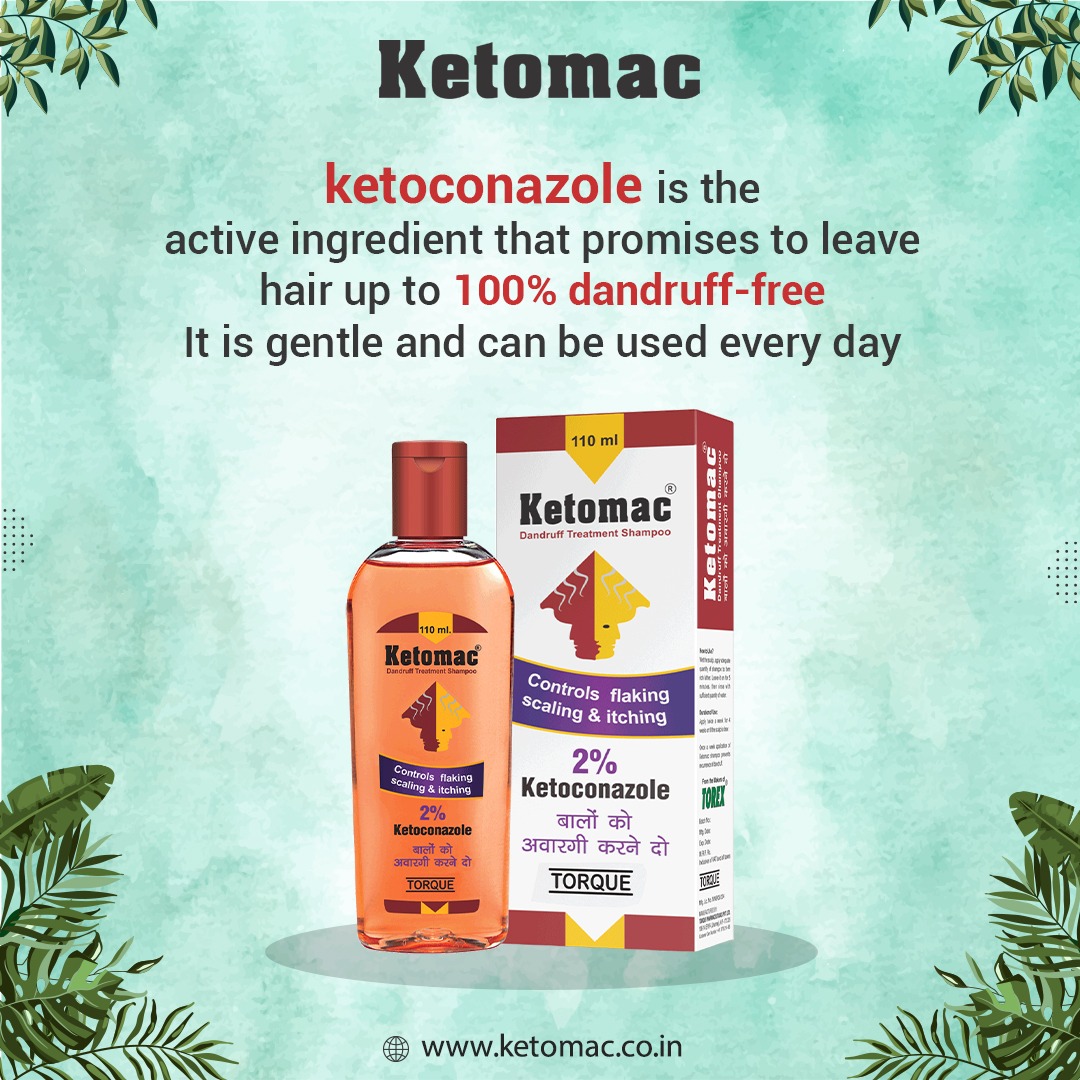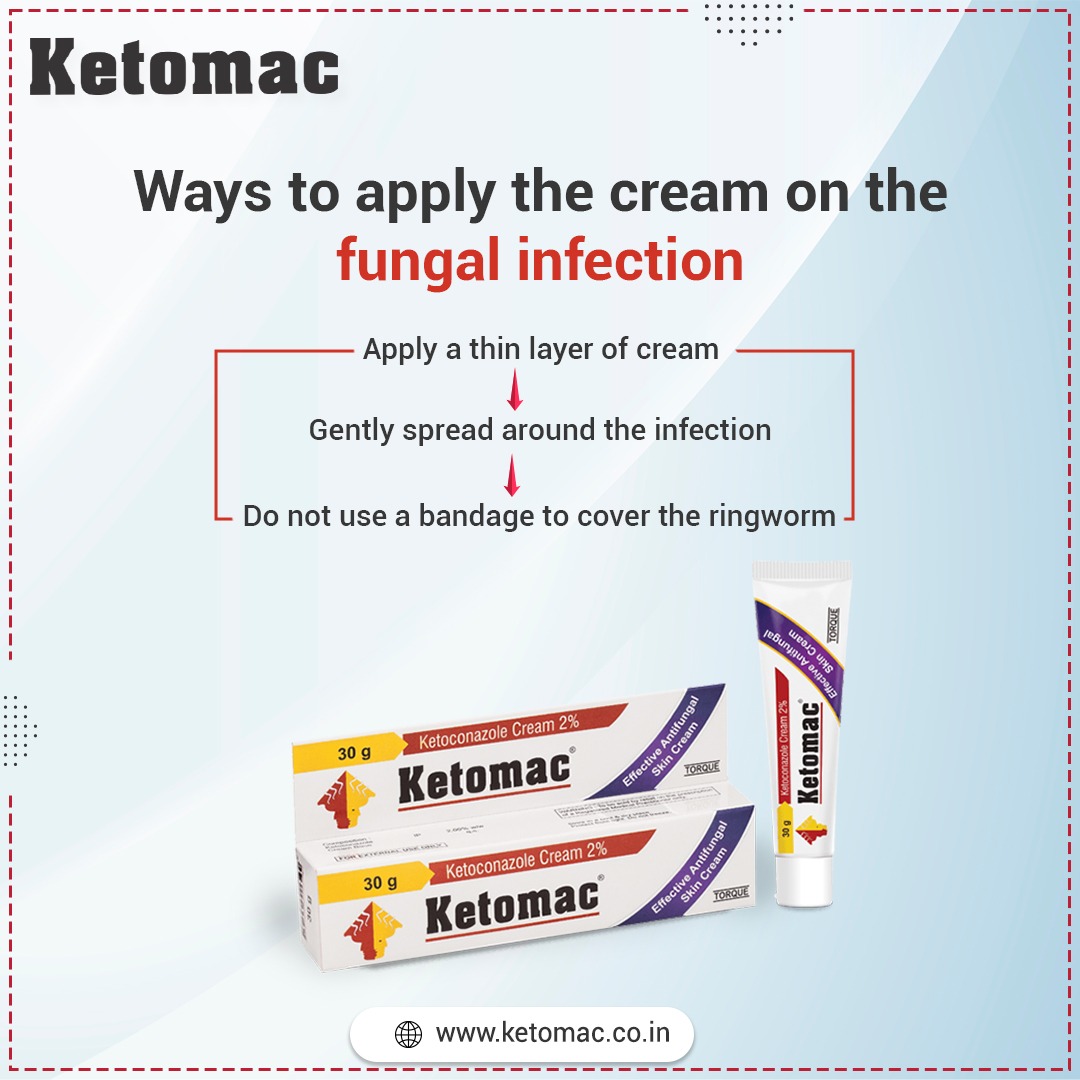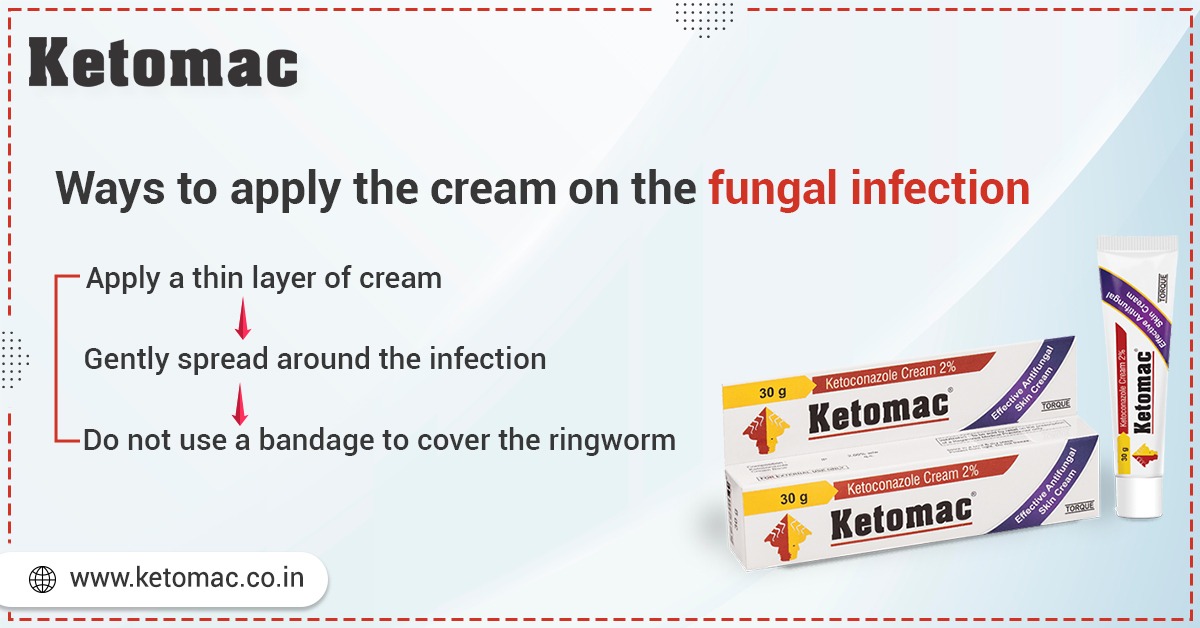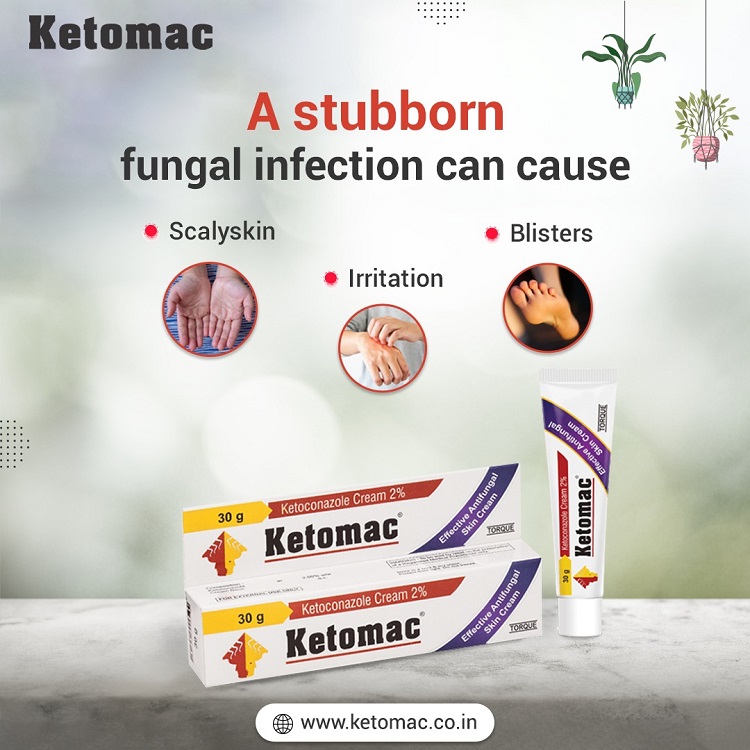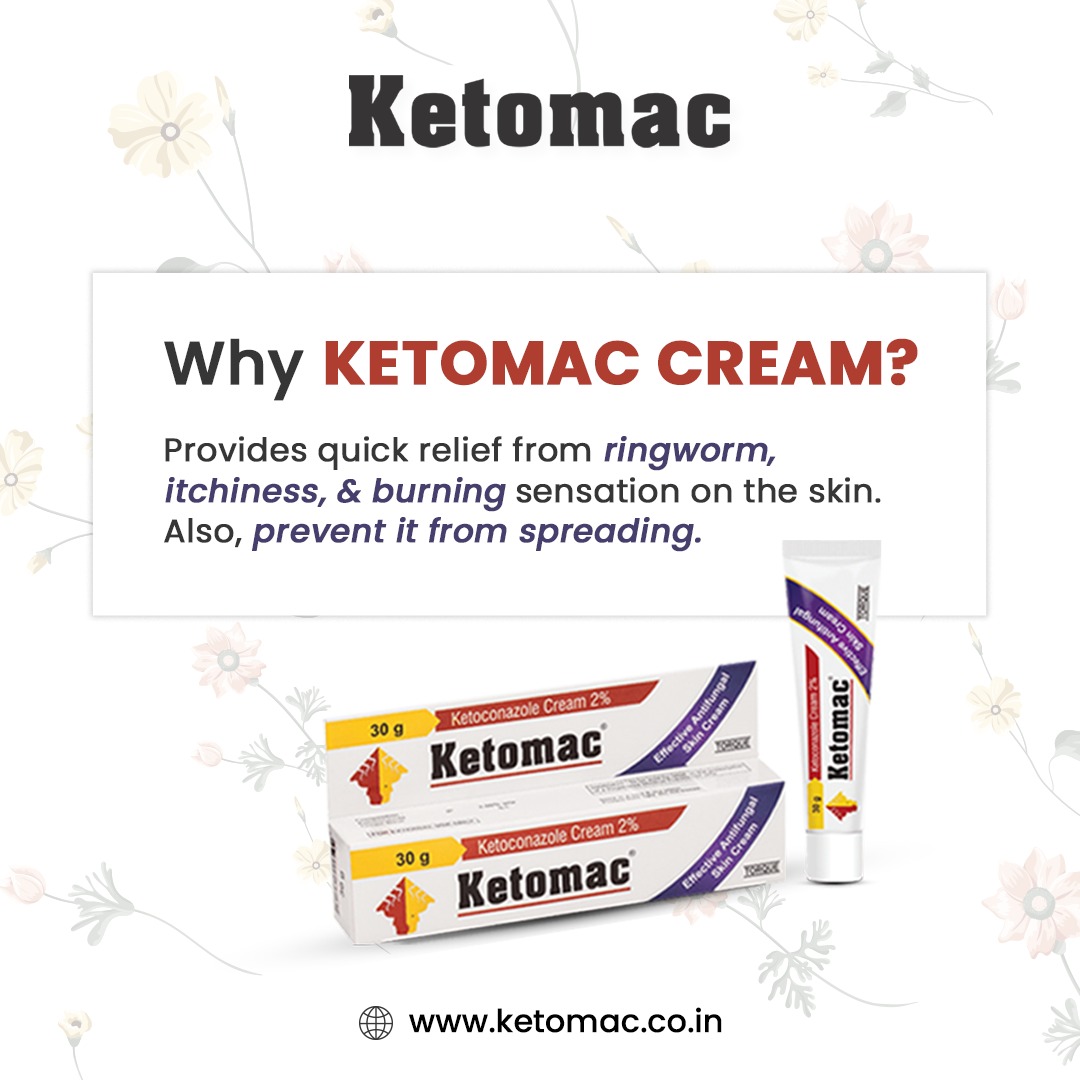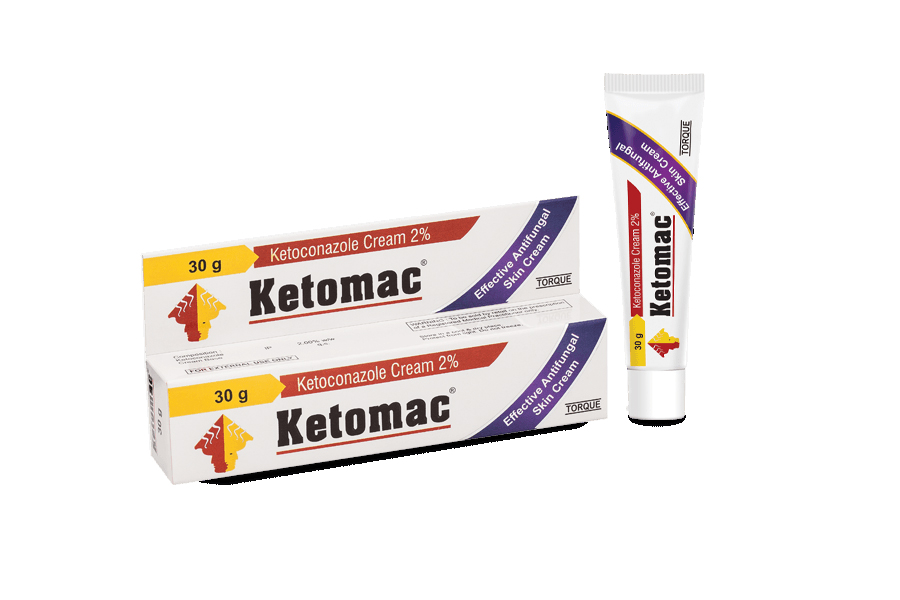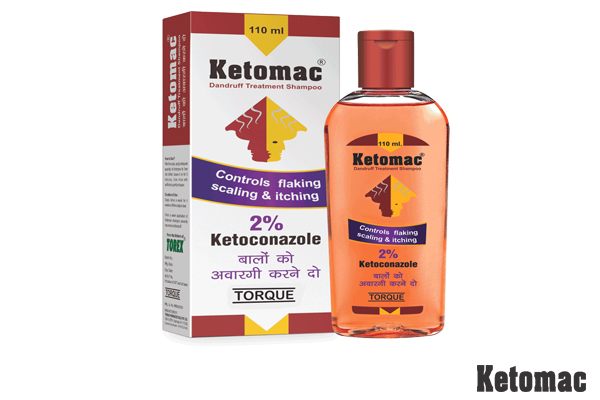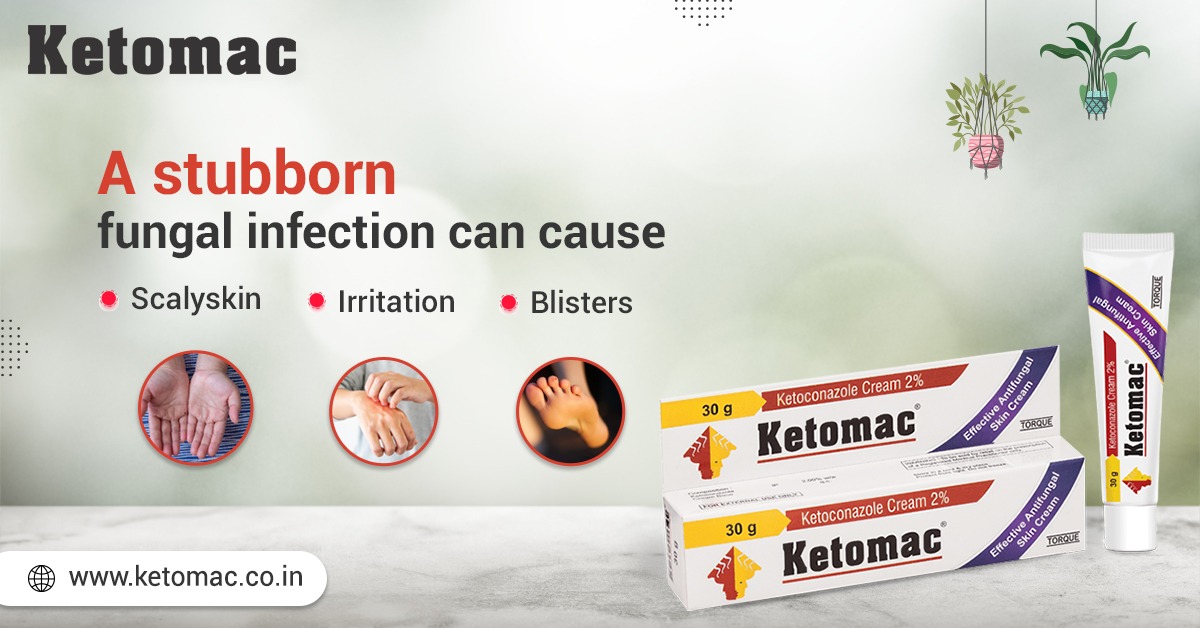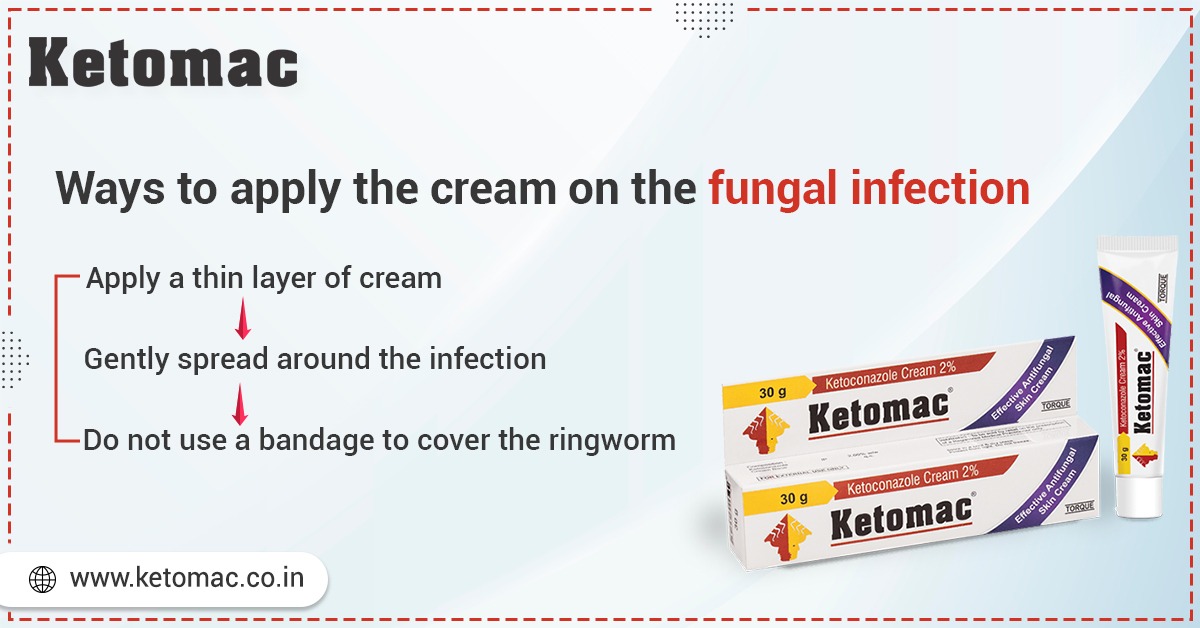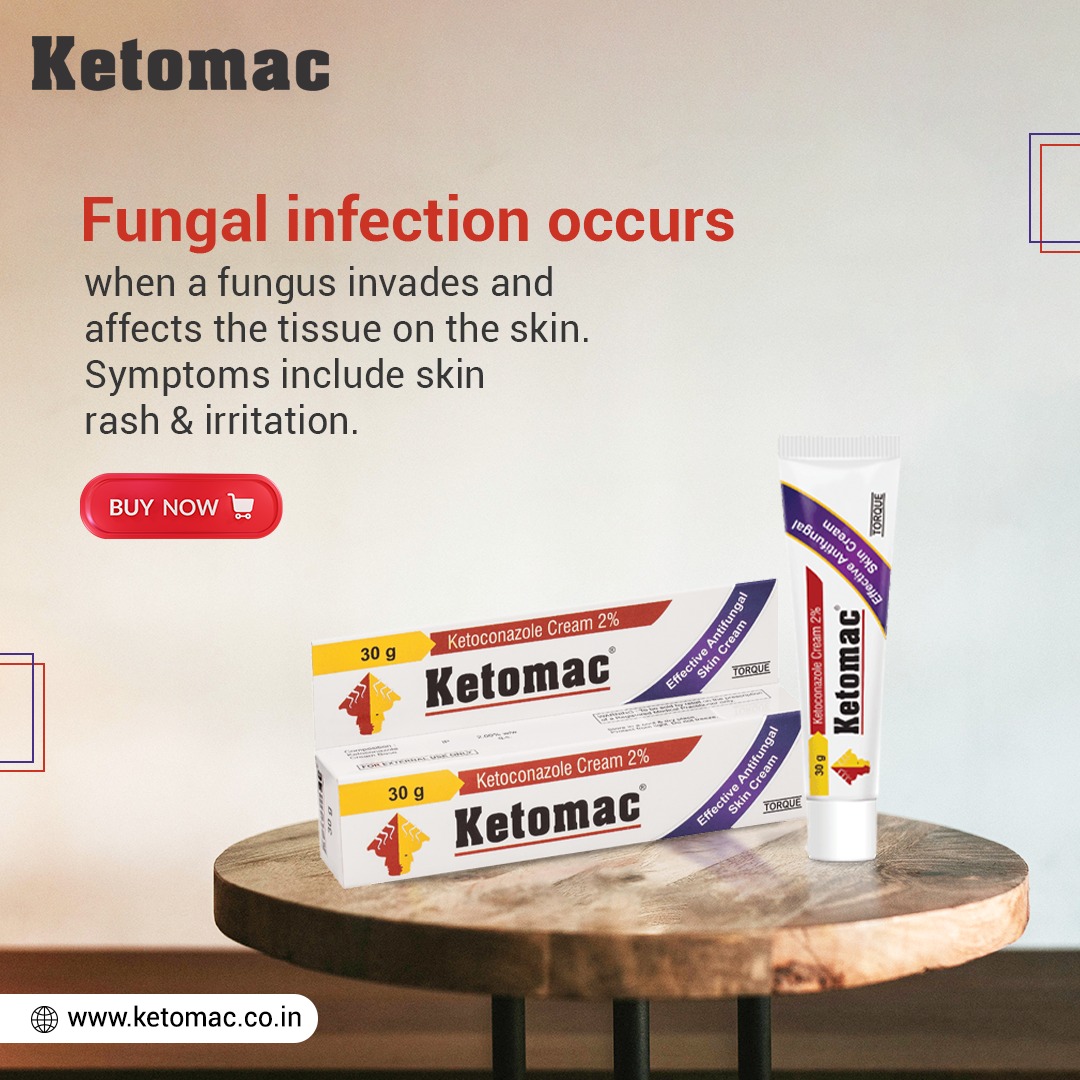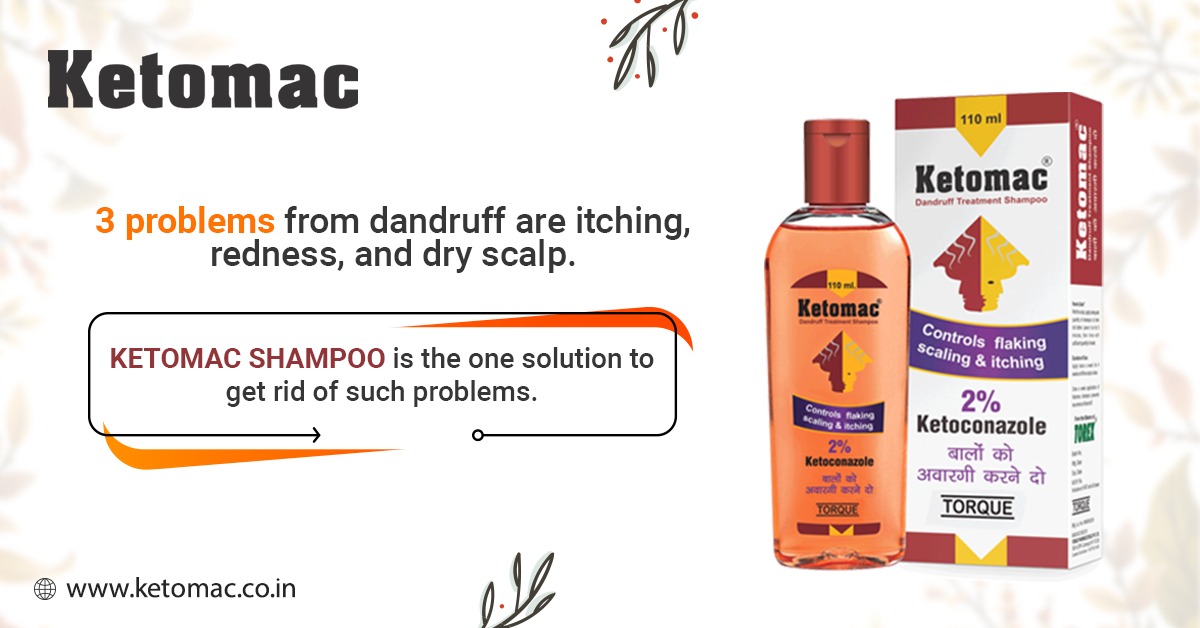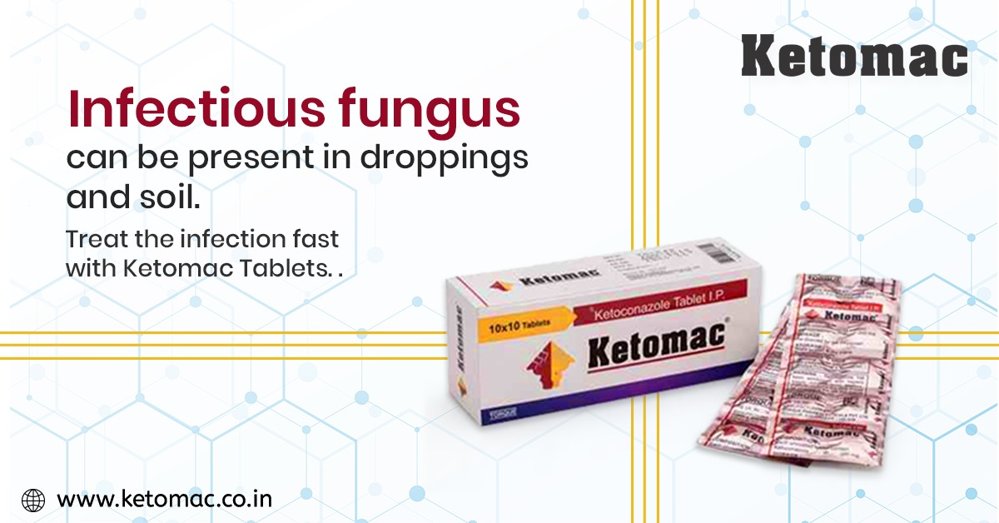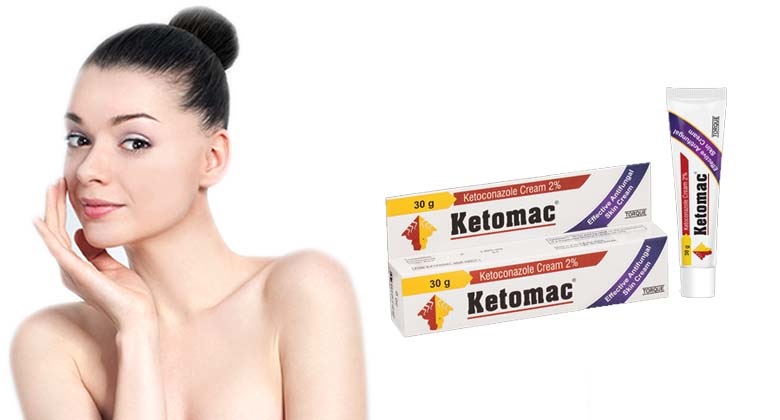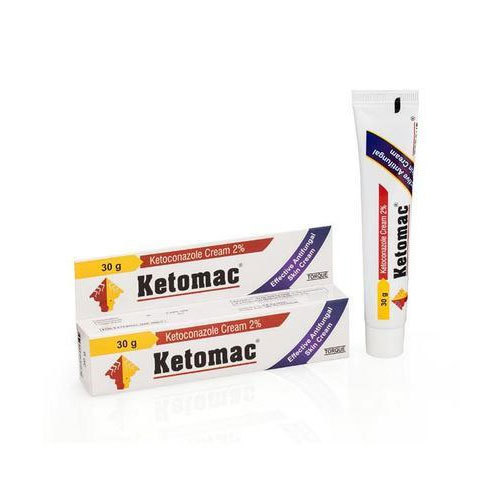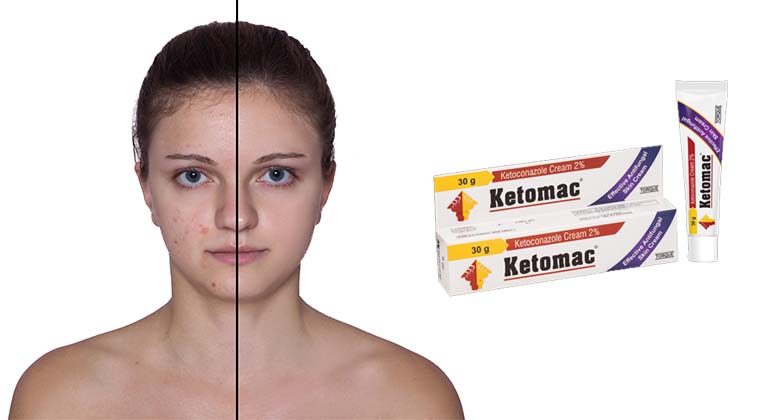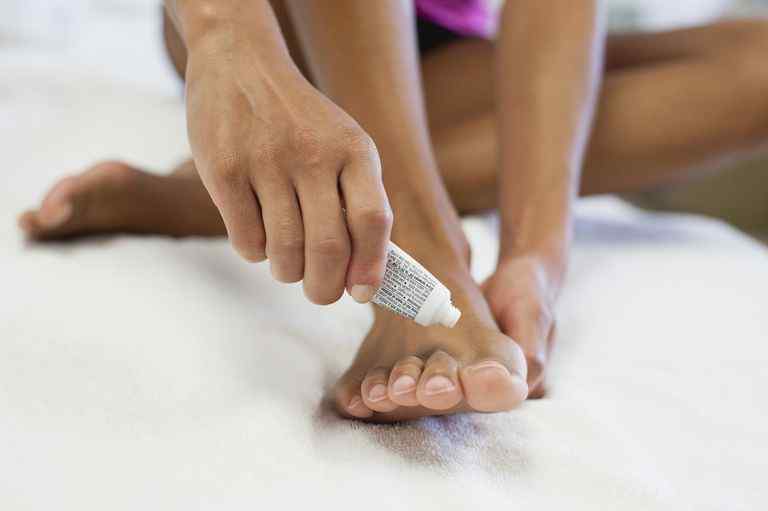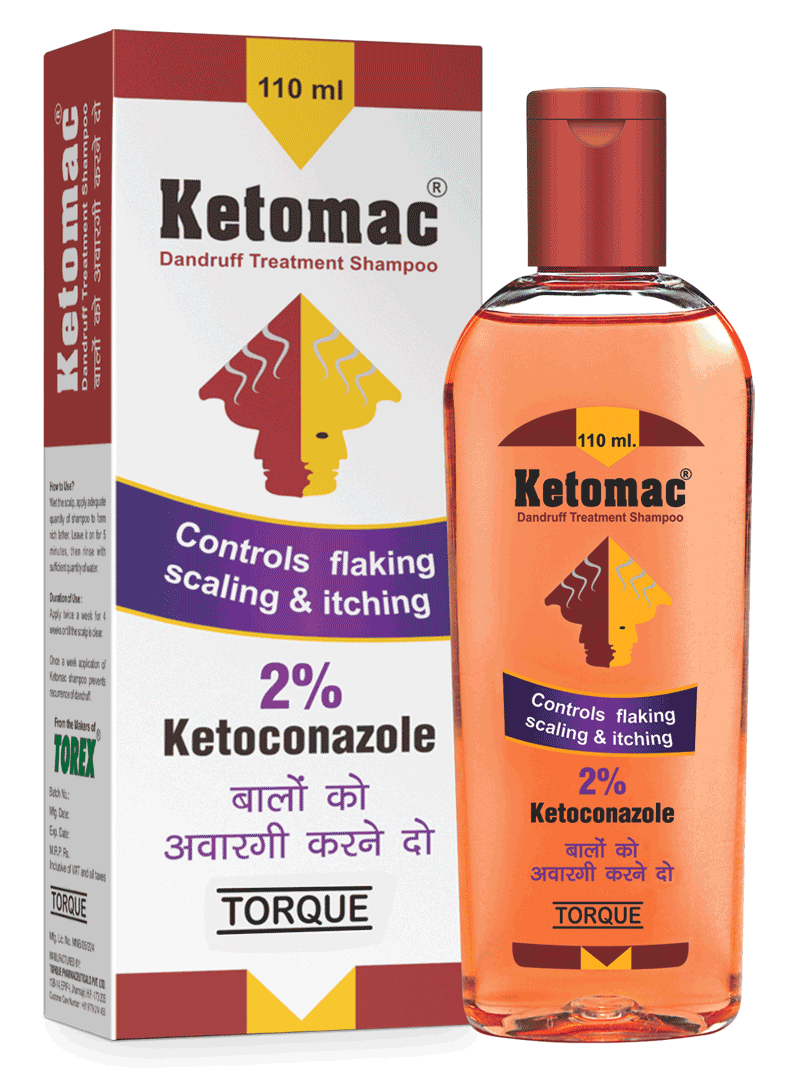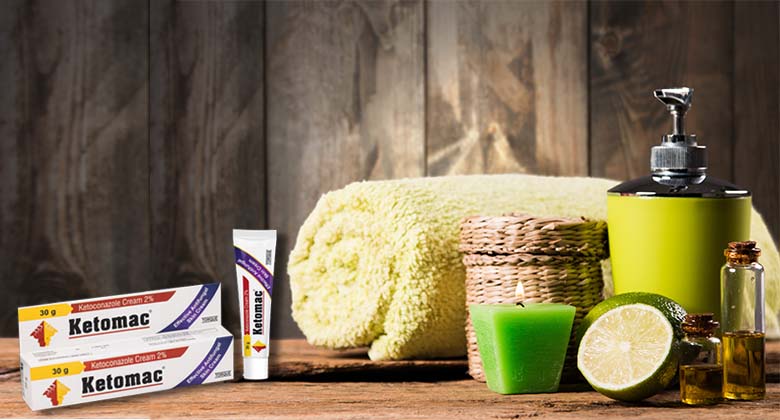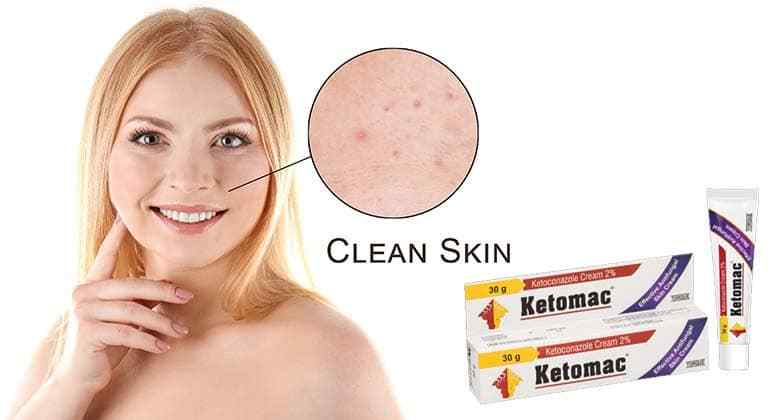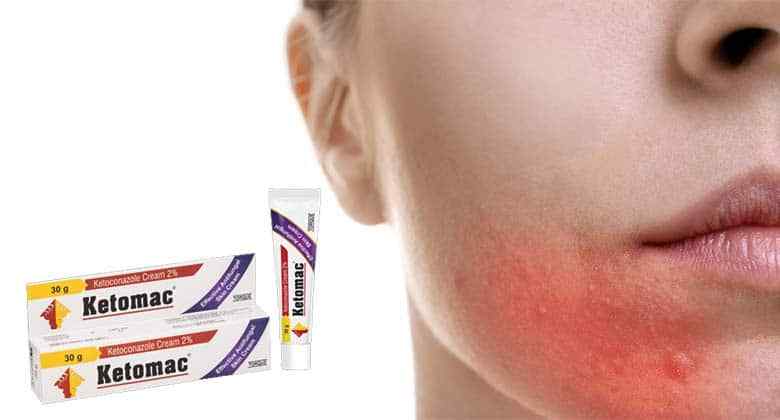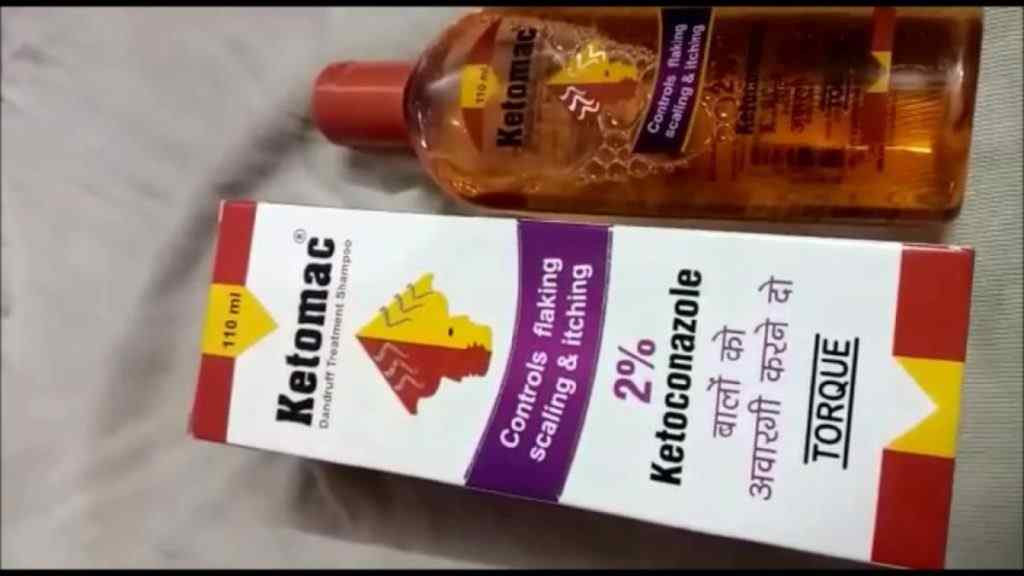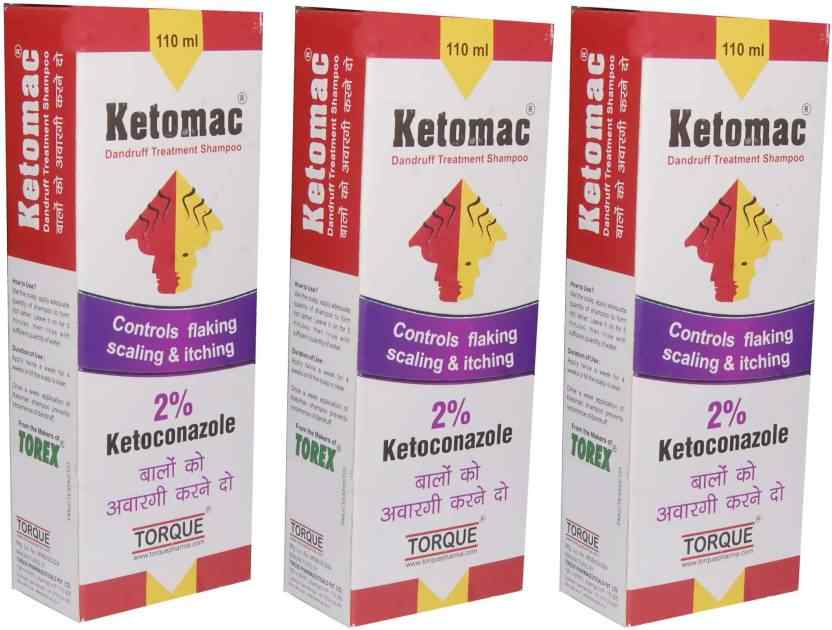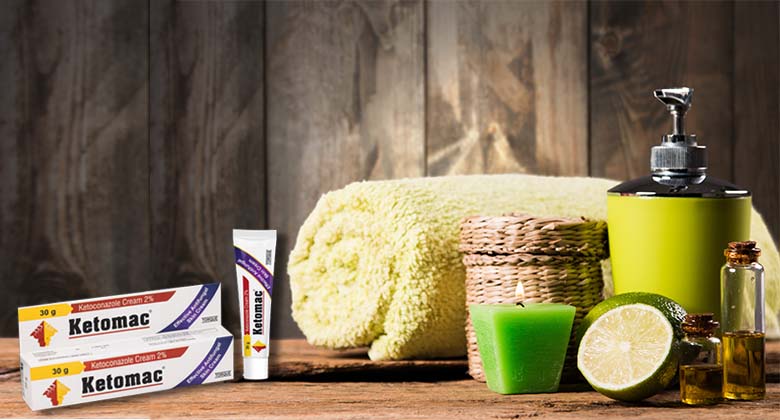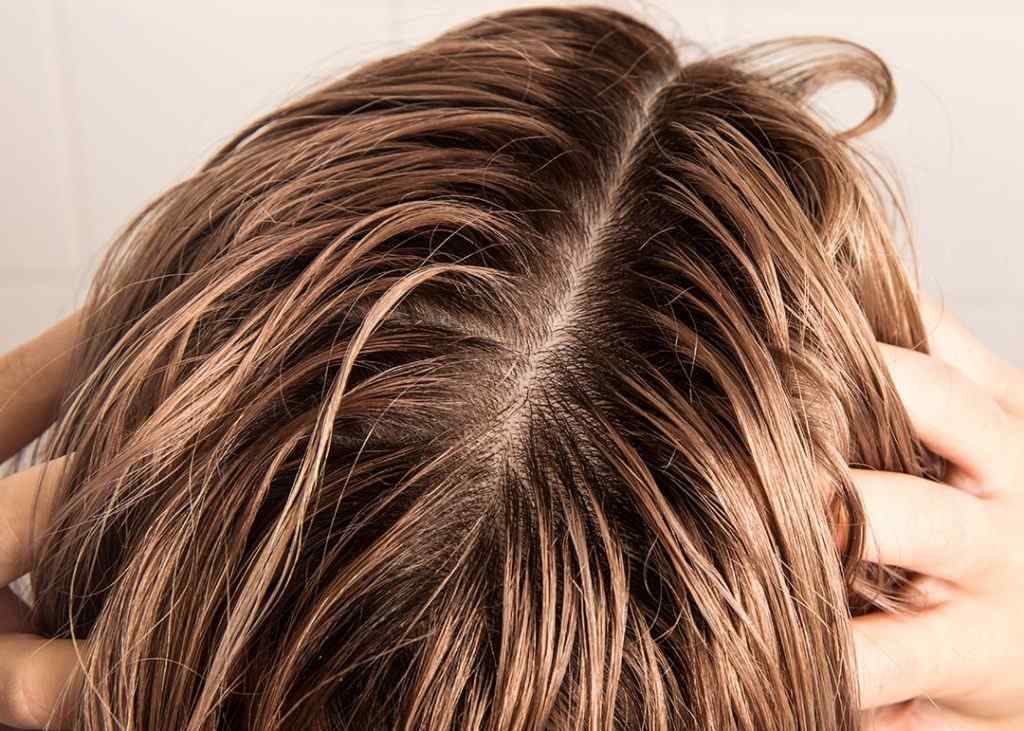There are a million species of fungi, but only about 300 of these can cause skin infections in human bodies. Such fungi are found in plants, soil, and some also on your skin. But these microorganisms that stay on the skin are not harmful until they multiply quite faster than normal or get penetration to end your body through a cut or abrasion.
A fungal infection (also called mycosis) is a disease that is caused by a fungus. Fungi usually grow and multiply in warm and moist places such as shoes, swimming pools and on body parts such as the groin, feet, folds of skin, etc. These places don’t get much airflow and are often sweaty, which promotes the growth of fungi.
Such skin infections usually appear as a rash or redness of the skin, which may often be itchy.
Some of the usual or common places that can be infected are your lips. One must not try and cure this fungal infection without a prescription by just applying any lip fungus cream.
Let’s first understand the causes of such infection along with the causes for any fungal skin infection:
- Wearing tight clothes on your body, tight shoes, or tight face masks over your face
- Poor hygiene, i.e., failing to keep your skin clean and dry
- Too hot, humid weather
- Excessive sweating
- Use of antibiotics too often, as they kill bacteria that normally live in your body
- Sharing clothing, shoes, towel
- Participating often in activities that involve skin-to-skin contact.
- Use harsh products either for your face or for your body.
Such bacterial infections are quite common among people who have a weak immune system, and the conditions that cause a weakened immune system are as follows:
- Diseases such as HIV/Aids, Diabetes
- Undergoing cancer treatment
- Smoking or excessive drinking
- Excessive lip licking or thumb sucking causes fungal lip infection
In this article, we’ll talk about lip fungal infection and nail fungal infection in detail:
A fungal infection on your face is a type of skin infection which is known as cutaneous candidiasis, whereby a yeast (type of fungus) called candida causes infection on your face.
Oral candidiasis is a type of yeast infection on your lips. An overgrowing rush of the yeast candidiasis in your mouth can cause this, which also affects the lips. How can one understand when one has caught a yeast infection on their face or lips? Following are the symptoms –
- A red rash over your lips or a white patch on your lips.
- An acne-looking rash, which looks like a pimple or small bumps around it
- Redness on the corners of your mouth, which may cause soreness
- Cracked, dry skin on the corner of your mouth
- Foul taste
- Pain and difficulty swallowing in some severe cases
- Tingling sensation
How can one prevent lip fungal infection?
As per the saying, prevention is better than cure, and it’s very important to understand how one can avoid such fungal infection over their mouth or lips; and this can be achieved as follows:
- One must follow a specific care routine that includes brushing your teeth properly.
- Frequent dental-check ups
- If one uses dentures or any other dental tool – it should be worn correctly and should be well.
- Your diet should be well-balanced to achieve all-around nutrition, and the diet should include high-fiber and whole foods, vegetables, and fruits.
Also, lately, the consumption of fermented foods has become quite popular, and it also plays an important role in providing probiotics, i.e., beneficial bacteria, which are good for your body. Such foods are Kimchi, Kombucha, yogurt (labeled as probiotic), etc.
As mentioned earlier as well, fungal infections of the lips should be taken lightly and should only be treated with the help of a prescription by your doctor. The treatment will depend on your age, health conditions, and severity of the infection, along with the length of time that the infection exists. It can be treated with the help of either tablet, liquid medicine, or cream. One of the brands is Ketomac, which is well-known for its creams to heal the effects of fungal skin infection, which can be applied over lips as well. It helps subside the effects of burning sensation, irritation, redness, itching, peeling, or dryness of the skin.
In addition to these, home remedies such as oral rinses can help reduce the tingling sensation and other uncomfortable symptoms like pain, soreness, and burning.
They can help with the situation and avoid worsening it further. The oral rinses can be repeated twice a day until symptoms resolve completely.
The oral rinses can be either apple cider vinegar, baking soda, or saltwater rinsed.
- Apple Cider vinegar is more of an antibacterial and antifungal liquid. However, it can’t eliminate the bacteria, and it has been shown that it reduces yeast levels in cases of denture wearers. The trick is to combine equal amounts of water and apple cider vinegar and gargle and squish this mixture for about 15 seconds.
- Baking soda also contains antibacterial and antimicrobial properties, making it effective for killing bacteria and treating lip fungus. It also works well in restoring the PH Level. For this, mix half a teaspoon of baking soda with 8 ounces of warm water, gargle and squish this mixture for about 15 seconds.
- Salt has an antiseptic, cleaning, and healing characteristic, which helps kill bacterial, microbial, and yeast infections and reduces pain and irritation. The measurement of salt and water is the same as above for baking soda and water.
Now, let’s move on to nail fungal infection:
A fungal infection on your nails, either fingernails or toenails, is called Onychomycosis, although infection of the toenails is more common. Almost 10% of adults suffer from nail fungus infection and are sometimes unaware. The infection can be diagnosed by examining debris under your nail.
Following are the symptoms of Onychomycosis as follows –
- Discoloration of nails – usually brownish, yellowish, or white
- Nails that are quite brittle or break easily
- More than usual thickened nail bed.
- Distorted in shape
- Smelling unusually foul
Generally, when one has to treat such fungal infections, we don’t understand when is the right time to see a doctor, especially in case of a weakened immune system or diabetes or during one’s undergoing cancer treatment. It becomes all the more important to keep track of all that’s happening with your body as any fungal infection for such people can prove fatal.
Hence, you should know when to go and consult a doctor:
- When a particular bout of skin infection doesn’t improve or returns incessantly after some OTC treatment.
- When one’s aware of their weakened immune system and suspects some fungal infection
- If you notice patches of hair loss along with an itchy scalp
Some other conditions that are usually mistaken for nail fungus are as follows:
- Lines and Ridges
- Senile nails as you grow old
- Whitish or yellowish nails
- Red or black nails due to hematoma or a blood condition
- Green nails that can be caused by bacteria
In some cases, an athlete’s foot is accompanied by a toenail fungal infection – let’s understand what exactly an athlete’s foot is?
As we are all aware, athletes are generally wearing shoes and socks in all weather conditions and during a major period of the day. This can cause the fungi to grow in warm, moist places, i.e., shoes, socks, swimming pools, locker rooms, and public showers.
The fungi behind athletes’ feet live on dead tissue of their hair, and outer skin layers.
Some of the symptoms are –
- Peeling, scaling and cracking feet
- Blisters
- Itching and burning sensation
- Skin that often gets red, really soft, or torn off
Older adults are the most at risk for nail fungal infections as they have lower blood circulation and a slower nail growth process, which makes them more susceptible. The preventive measures one can take to avoid such a situation are as follows:
- Don’t enter places barefooted, and wear sandals while entering the public shower area
- Wear shoes that help your skin breathe
- Washing your feet properly with soap and water
- And after washing, makes sure to dry it thoroughly before wearing socks and shoes, and use foot powder.
One simple way to prevent fungus infections from growing and multiplying under your nails is to keep your nails short and clean.
Other ways to keep up with hand and foot hygiene are as follows:
- Wearing socks that are breathable, usually synthetic
- Use antifungal sprays or powders if your use of shoes and socks is more than usual.
- Wearing rubber gloves when your exposure to water is more
- Strictly refraining from picking or biting nails.
- Ensuring your places of salon and spa where you take your manicures and pedicures are hygienic, and the tools are thoroughly washed and used.
- Washing hand after touching someone’s nails
- Strictly avoid using others’ shoes or socks.
- Often use artificial nails or nail polish.
A severe case of nail fungal infection can be too painful and can also cause permanent damage to your foot or your nail. In the case of diabetes or other serious conditions, it can also lead to amputation of a leg if not diagnosed on time and proper treatment is not provided.
What will the diagnosis process look like in case of nail fungal infection?
To examine the infection, the doctor will require to take some part of the debris under your nail and send it for further tests, such as a potassium hydroxide (KOH) smear or fungal culture.
In case you want quicker results, one can opt for a KOH smear as it can give results within a day, and on the other hand, a fungal culture takes weeks.
Now let’s see how one can treat this kind of fungal infection of the nails:
It can be a long and expensive process. Without a prescription, one should strictly not just use any nail fungal infection cream India and go to a doctor preferably, as things can get serious very quickly in case of nail fungal infections.
The various available medications are oral antifungal medications, ointments, and alternative therapies. As mentioned earlier, over-the-counter creams may be effective only till a certain point.
Oral medications that are available:
- Terbinafine
- Itraconazole
- Fluconazole
These medications can take up to 4 months to heal as they remove the infected nail, and only after uninfected nails grow back can we assume that the nail fungus infection has been completed healed.
In addition to the above oral medications, brands like Ketomac have Ketomac cream to heal the effects of nail fungal infection, namely soreness, peeling or drying of the skin, irritation, pain, etc.
In some extreme cases, the doctor can also opt to remove the entire nail. In addition to the above treatments, some home remedies also have the potential to heal nail fungus infections which include:
- Plant extract: A plant called snakeroot, which is a natural antifungal plant, is proven to be effective as ciclopirox, a prescribed antifungal treatment. This therefore, is an effective home remedy.
- Oregano Oil: This oil contains thymol, which is said to have antifungal properties. This oil is also used along with tea tree oil which treats many skin conditions, but it can also have potential side effects which can give you an allergic rash or irritation. Hence, it should be used wisely.
- Ozonized oils: Oils that are infused with the gases present in the ozone layer, i.e., Sunflower oil and olive oil, are really helpful in treating nail fungus infection. In some cases, it has also been proven that these oils have shown better results than prescribed treatments. As these oils are easily available in all households, they can be given a shot for quicker and easier results.
Also, it is important to understand that these home remedies may reduce the symptoms like pain, irritation, and burning but can’t cure the nail. Hence, a doctor’s treatment is necessary in the case of a nail fungal infection to not make the case any worse.





